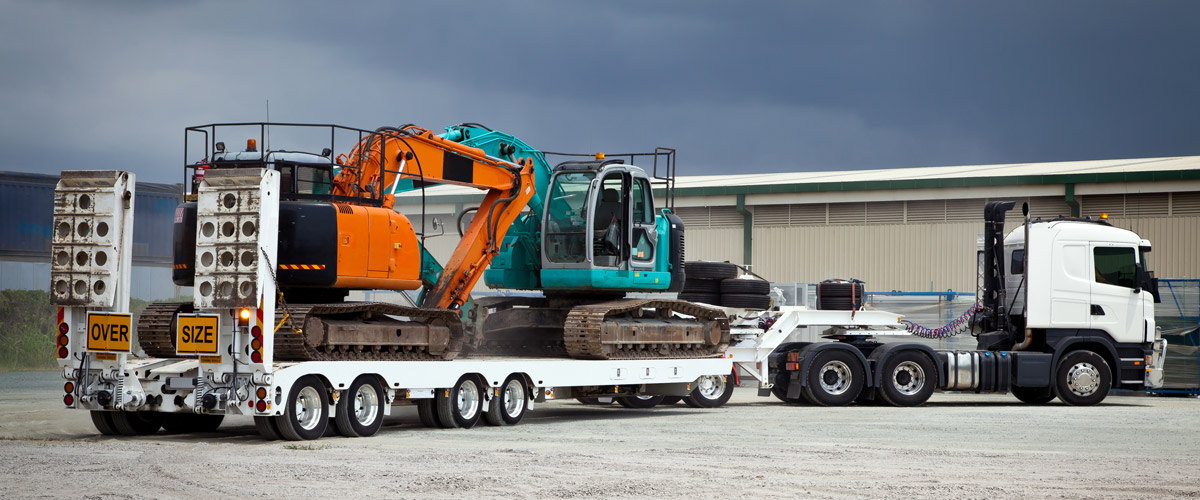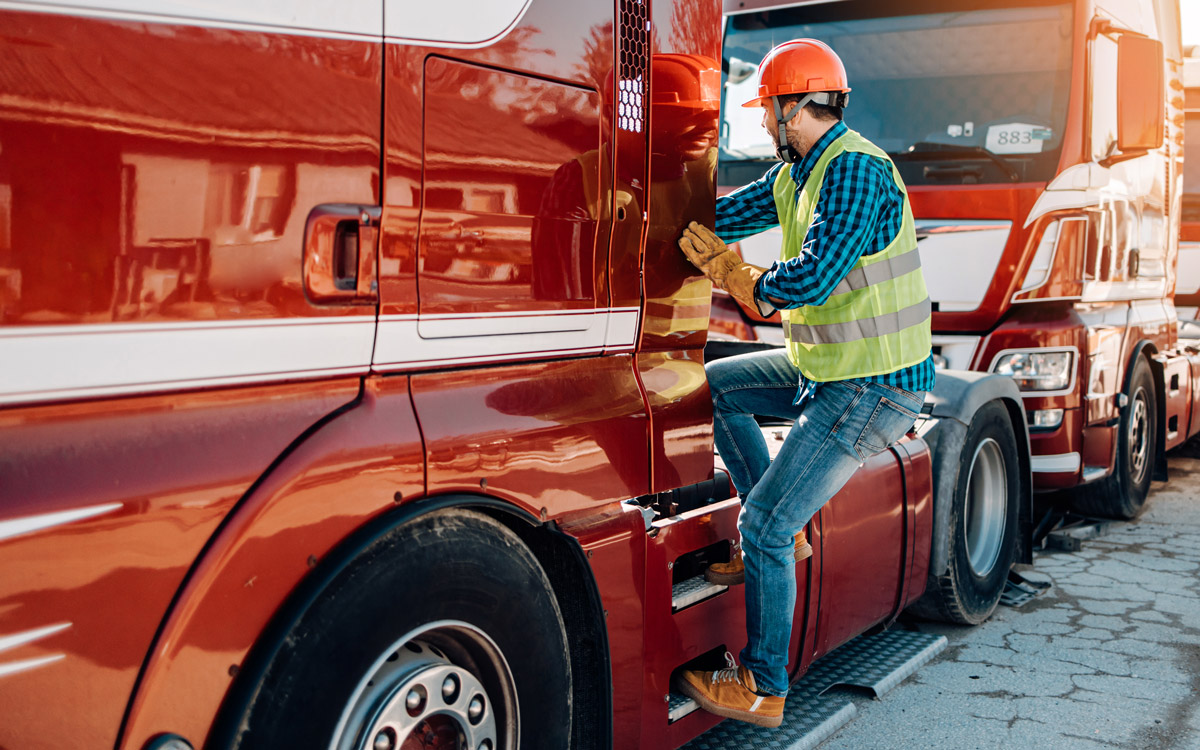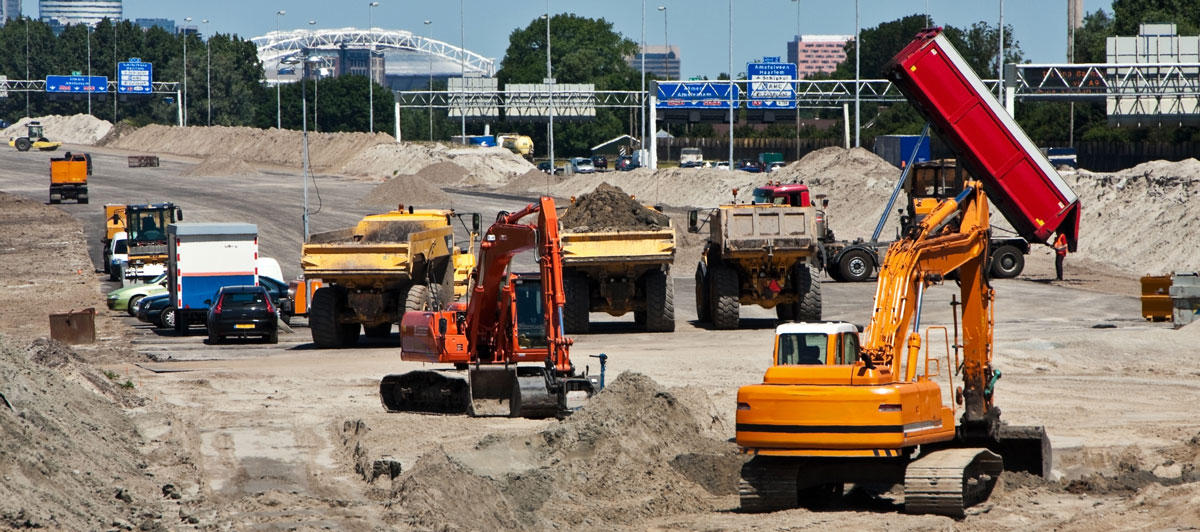Heavy Vehicle Safety Tips in 2022
When it comes to heavy vehicle safety, is your organisation doing all that it can in 2022 to save the lives of its drivers and others?

Improving heavy vehicle safety technologies is a challenge for fleet managers and trucking companies dealing with rising running costs and only a temporary reprieve from high fuel prices.
So how should you prioritise your investment from a safety perspective when it comes to your fleet?
At SGESCO-MAX we have specialised is providing safety solutions for light rigid and heavy vehicles) for several decades. Here’s how we would approach things.
Click on each heading for further details.
Start with vehicles where your risk of personal injury, damage to vehicle or property is heightened because of the applications the vehicle is used for.
Factors to consider are vehicles that:
These should be your priority vehicles. Obviously, older vehicles can pose a greater safety risk. Our recommendation would be to assign older vehicles to tasks that carry less of the above risks and focus your safety upgrades on newer vehicles in the above areas.
The reason this is number two is because there is no hope of driver intervention in this situation. In fact, driver intervention is extremely difficult and dangerous – and often results in the death of the driver trying to get back into the cab to stop the runaway.
Anyone or anything in the path of a vehicle is also at risk. The slope a truck is on only needs to be marginal for a truck to start rolling and pick up velocity.
Here’s how simple and quickly that can happen.
The solution to this is to install an anti-rollaway solution like the MAX-SAFE Anti-Rollaway Brake System™. Should a driver leave their cabin without fully applying the parking brake, the system will be immediately activated, preventing the vehicle from rolling away, thereby creating a safe environment for everyone. Many clients we work with recognise the importance of this safety solutions which it is why it’s their number one priority for improving heavy vehicle safety.
There are blind spots all around a vehicle where arcs of visibility are blocked from the driver, even with the use of mirrors.
However, due to a truck’s body blocking a driver’s view via a rear vision mirror in the cabin, the blind spots at the rear of the vehicle are the ones that present the greatest risk to drivers, workers, people passing by and y property. Addressing this blind spot risk needs to be a priority because:
Aside from physical objects, it is people coming between a reversing vehicle and its destination point that pose the greatest safety risk. Often people may be distracted, engaged in a conversation with another worker, on the phone, or looking down checking word orders, plans or other data. They may not be aware that a vehicle is slowly bearing down on them.
What’s more, a driver does not have eyes in the back of their head – nor the back of their vehicle – UNLESS they have a solution like the MAX-SAFE Reverse Watch System™.
It’s a smart reversing sensor system add-on that engages the MAX-SAFE active braking system and an audible alarm to stop unsafe situations from happening. This solution works because it does not rely on the ability of the driver to detect a hazard or person. Thus, it reduces the incidence of downtime, insurance claims, and personal injury.
The reason why this risk is high up the risk priorities is because of the fact that trucks are disproportionately involved in road crash deaths and the higher the speed the higher the likelihood of a fatal outcome.
In 2021 heavy vehicles made up 3.2% of the Australian fleet but were involved in 16% of all road fatalities.
Over 1 in 3 of all road-related deaths are Vulnerable Road Users (pedestrians, bicycle and motorbike riders). 2015 research found there was a 10% probability of VRUs being killed when struck at 30 km/h, and a probability of over 90% at 50 km/h.
Often VRUs are killed more in our cities than on our country roads. Driving in cities can be challenging and speed an issue with delivery deadlines, traffic congestion and school zone limits.
The MAX-SAFE Speed Limiting System™ allows up to 8 speed settings to be pre-programme. This gives fleet managers the ability to pre-program a vehicle according to sites, locations and terrains, vehicle type, and tasks performed.
As mentioned earlier, blind spots exist at various points around a vehicle and differ between heavy vehicle types. See these diagrams which reveal the extent of the blind spot problem.
One of the most common blind spots is the left-hand corner, particularly for a vehicle turning left when the driver is seated on the right of the cab. This is why most garbage trucks have dual driving controls on either side of the vehicle.
A left corner blind spot, combined with speeding resulted in the tragic death of five pedestrians in Melbourne in 2021, when a driver cut the corner.
Had the driver seen the pedestrians he likely would not have cut the corner. This comes down to human error which is why a safety system like the MAX-SAFE Corner Watch can prevent human error.
A detection radar mounted on the front corner of the vehicle monitors the danger zone for humans and other objects. If it finds anything it will alert the driver with dashboard visuals and audible alarms, plus, it can also alert people exterior to the vehicle via an audible warning.
Blind spot solutions are also available from MAX-SAFE to address blind spots at the front of the vehicle and sides of the vehicle, including a 3600-view solution for maximum detection. Collectively, they contribute to the MAX-SAFE Safety Eco-System which is the ultimately solution for improving heavy vehicle safety.
These safety solutions can be installed progressively on vehicles as budgets allow. Solution costs vary; however, they typically equate to a small percentage of the overall cost of the vehicle – and normally much lower than a vehicle’s insurance excess due to an accident. And it saves you the cost (and time off the road) of investigation, compliance and fines that can come from any accident. It is money well spent.

When it comes to heavy vehicle safety, is your organisation doing all that it can in 2022 to save the lives of its drivers and others?

In 2020, Transport for NSW released theirrecommendationsfor safety technologies for heavy vehicles on NSW roads and working on government projects....

Last year SafeWork Australia released a newguidefor the construction industry to reduce the risk of traffic accidents and fatalities caused by...